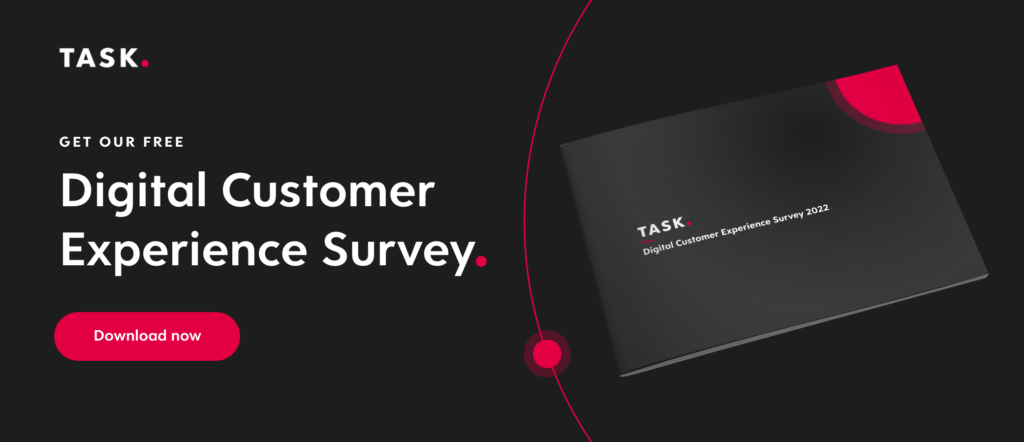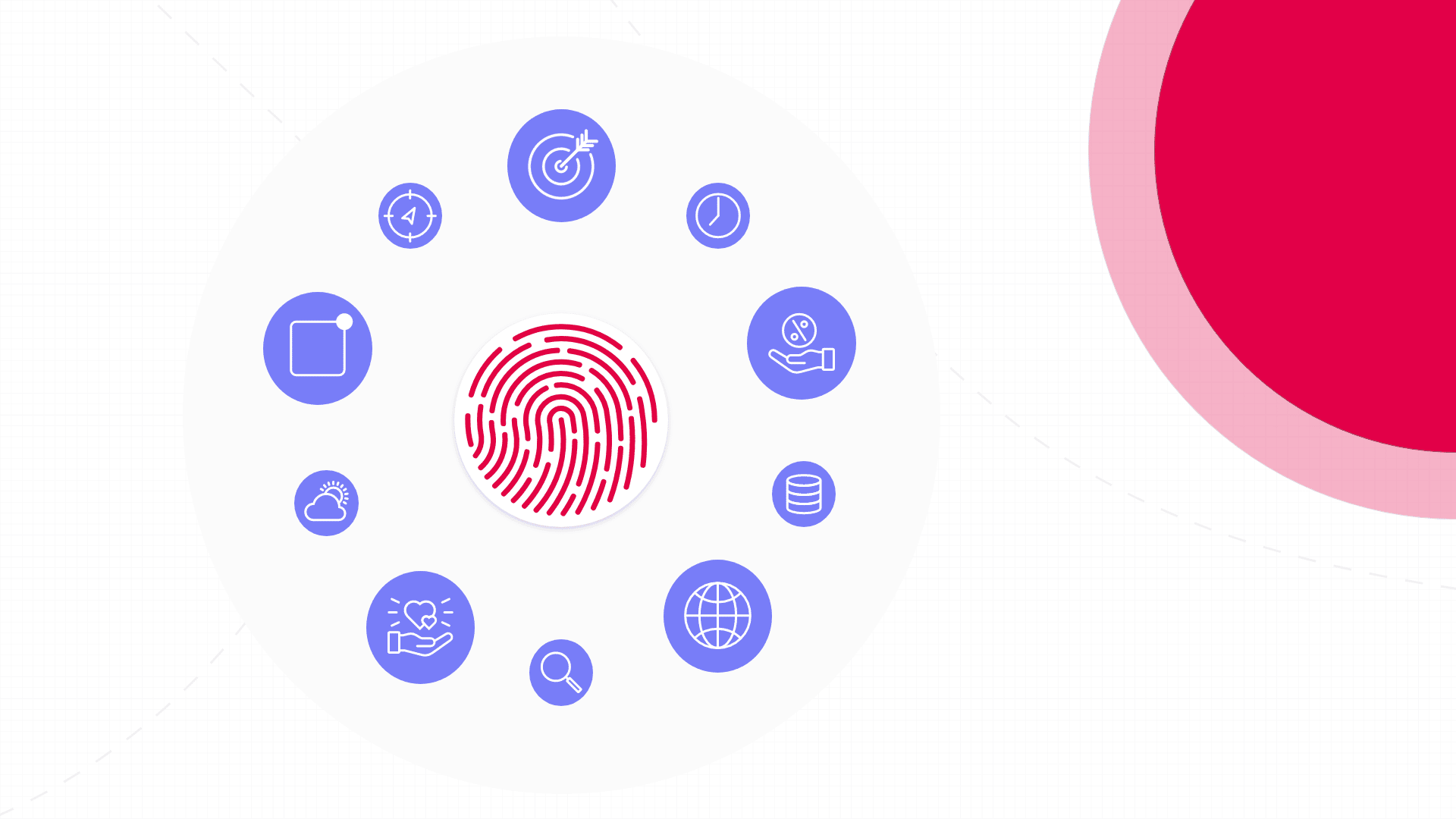You’ll find blogs everywhere talking about how to build personalized customer experiences. It’s such a key part of the hospitality business that experts predict the customer experience management industry will be worth over 23.9 billion dollars by 2026.
But if we take a step back from the experience side of customer management, there’s a part of building loyalty that’s often overlooked – and that’s personalized customer engagement.
While experience and engagement are similar concepts, they should be treated quite differently when it comes to developing your brand and your image. In a nutshell, customer experience is concerned with how a guest perceives the service they get from a company. Customer engagement, on the other hand, is about the emotional relationship created between the patron and the brand.
When it comes to personalization, your customer experience is about what you offer – but your engagement strategy is about how you offer it.
If your QSR is trying to boost loyalty rates and improve your relationship with customers, then follow these core concepts to develop your personalization and improve your customer engagement.
Transform engagement goals by using your customer lifecycle
Personalization ultimately helps brands capture and retain customers, which results in higher rates of loyalty and customer satisfaction. Over time, a personalized customer service strategy will lead to stronger revenue for hospitality businesses and happier guests.
The key to developing personalization is realizing that customers require different levels and types of engagement throughout their journey with your brand.
A customer who knows very little about a restaurant brand, for example, might find it off-putting to receive an onslaught of niche and impersonal offerings after their first purchase. However, a loyalty member who always orders the same menu item would respond well to a string of deals that target their tastes and help them save on their favorite items.
Breaking down your customer experience can help ensure that your brand is communicating and engaging with guests effectively – and adding value at the right time, in the right way.
Every brand is unique and will require a slightly different approach. On a basic level, however, these are the stages of a customer journey that present a different opportunity for customer engagement.
The acquisition stage
Acquisition is about drawing in potential customers by sparking an interest in your brand. The more general awareness your business holds, the higher the chances consumers will see, recognize, and respond to your messaging.
Today, acquisition is highly digital-focused. People are spending more and discovering more online than ever before. In fact, over 1 million dollars is spent every minute for online shopping – showing us just how enormous the digital market has become.
With so much competition in the digital marketing space, it’s essential for brands to develop clear, inspiring, and relevant messaging to attract and intrigue new customers. Customers respond positively to personalized communication because it cuts through irrelevant digital messaging more effectively.
Personalization at the acquisition stage should rely on targeting specific groups of customers.
The retention stage
Once a customer has made an initial engagement with your brand, personalization should shift to the specific and known preferences of each individual to ensure they return in the future.
Retention is about providing a valuable personalized customer experience, sending relevant recommendations, and making a meaningful personal connection. Doing this stage right is essential if you want to increase customer loyalty. 71 percent of customers expect personalized experiences when interacting with a brand; delivering this with excellence is key.
Personalization at this stage should focus on specific customer interests. Identifying communication and menu preferences based on collected customer data can help brands create better messaging and offers.
The attrition stage
After a customer becomes loyal to a brand, businesses need to change their engagement goal to keep them from leaving prematurely. The attrition stage is often overlooked by companies, but it’s important to remember that customers have a wealth of choice in today’s flooded hospitality market – and could be tempted to shop around during an economic downturn. Retaining business is all about curating the best, most attractive offers and delivering personalized customer experiences at every stage of their journey.
Customer engagement at the attrition stage should include asking for feedback from your valued guests to ensure you’re making beneficial improvements to your customer experience. Personalization is often more accurate and easier at this point, as customers at this stage have demonstrated their preferences through their purchasing history. Customers expect brands to use that data to continuously communicate relevant and personal offers.
Connect Seamlessly With Your Customers
Employ an integrated POS system to drive a frictionless, omnichannel experience across every touchpoint.
How does personalization play into customer engagement?
Developing a personalized customer experience can happen in many ways – but they all start with understanding your customer’s needs by collecting and analyzing accurate customer data.
Segmenting behaviors based on demographics can help with the initial phases of personalized engagement through messaging or marketing. Relevant areas may include demographics (age, location, gender, etc.) and psychographics (interests, values, or lifestyles).
Customers make purchasing decisions based on the personality of a brand. If your company’s offerings and values match their individual priorities, they are far more likely to engage.
Providing personalized experiences is a truly multi-channel strategy. Brands should ensure that they:
- Tailor content across all touchpoints, including mobile apps, online stores, and storefront locations
- Create targeted campaigns based on the digital channel
- Make purchase recommendations based on customer insights and transactional history
Customer engagement is all about developing a real and human connection between a brand and a customer. Creating a positive and meaningful experience is the best way to capture the attention of a new guest, and encourage them to return to your business.
As with any industry, hospitality brands will inevitably receive some negative customer feedback. Responding to these comments with an in-depth, timely, and personalized way can help resolve issues without permanently damaging a relationship – and actually improve your reputation, if you do it well.
Why is customer engagement important for a QSR personalization strategy?
It’s a changing world for QSR businesses. With steep competition, rising business costs, and customer expectations changing with lightning speed, it’s more important than ever to build a strong and secure base of loyal customers.
The best way to do this is by curating better customer engagement, which will in turn lead to superior customer experiences.
“No matter what kind of new development you introduce to your business, it first and foremost should improve the customer experience. If you can’t support phenomenal service, everything else will become irrelevant in the long run,” says TASK North America President, John Laporte.
QSRs should approach their marketing with a customer-first strategy, and focus on ways to bring their brand closer to the needs and desires of their patrons. To do this effectively, however, brands need to establish a clear understanding of who their customers are, and why they exhibit different preferences and behaviors.
In some cases, it’s possible to reach out directly to customers who are on the fence about QSR loyalty. Personal messaging that recognizes their perspective and their concerns can lead the way into a more “conversational” relationship that will feel more natural to customers.
Driving and effective personalized customer experience requires companies to truly care for and look after their customers. Even small gestures have value. For example, 51 percent of consumers say that it is important for brands to follow up with them after they make a purchase.
Identify the values of your customers, and then harness that information to develop meaningful offers and emotional connections.
Leverage Customer Data
Harness the power of transactional data using an all-in-one enterprise management system to curate personalized offers and drive forward superior customer engagement.
How to implement personalization into customer engagement
Personalization isn’t a product you can buy, or a button you can press to engage. Driving forward a personalized approach is an ongoing process that companies invest in to curate better experiences for their customers – and in turn, receive higher profits and better retention rates.
In its simplest form, implementing a customer engagement strategy involves three key stages:
- Leveraging data
- Creating personalized engagement
- Evaluating and improving the process
Implementing personalization efforts requires a fully integrated technology stack that can collate data across digital channels and analyze it to uncover meaningful insights. From there, brands can focus on driving forward customer engagement that accounts for different customer needs and preferences.
Leverage real-time data to create dynamic communication channels
Segmentation, then targeting based on data analytics, helps brands achieve a holistic view of customer preferences and activities across all touchpoints.
Implementing a successful campaign and building a sustainable competitive advantage should start with accurate, real-time information.
Create personalized engagement across multiple channels
After determining what kind of recommendations will most effectively attract individual customers, brands should expand their engagement initiatives across all digital touchpoints.
Whether it’s in-the-moment rewards, special offers, or another purchase incentive, a successful engagement campaign requires a multi-channel approach.
It’s essential to mirror a customer’s values with the offerings from a brand. If companies can demonstrate that their service and their personality match a customer’s need and interest, it’s a win-win.
Evaluating and improving customer engagement processes
Remember that customer engagement is all about the emotional relationship brands create with their customers. Part of developing and maintaining that relationship is by continuously improving and evolving to fit changing customer desires and expectations.
QSRs should continue to evaluate and respond to customer needs by following these steps:
- Promote surveys to collect customer feedback.
- Track progress through smart analytical and reporting tools.
- Determine the impact of improvements by comparing your efforts to resulting retention and attrition rates.
Building meaningful relationships with customers doesn’t have to be a labor-intensive or impossible feat for large businesses or franchise brands. Using machine learning (ML) and AI-powered technology, brands can employ automated systems to effectively repeat these steps and continuously develop closer relationships with customers.
Personalizing customer engagement gives hospitality businesses the opportunity to curate better and longer-lasting experiences. The process acts in a cycle, taking each part of the customer journey into consideration, and consistently looping back improvements into each step.
Companies with a strong personalized customer engagement strategy are shown to achieve a 40 percent increase in revenue for activities based on personalization. In today’s highly competitive market, there’s simply no substitute for a strong brand-to-customer relationship.

